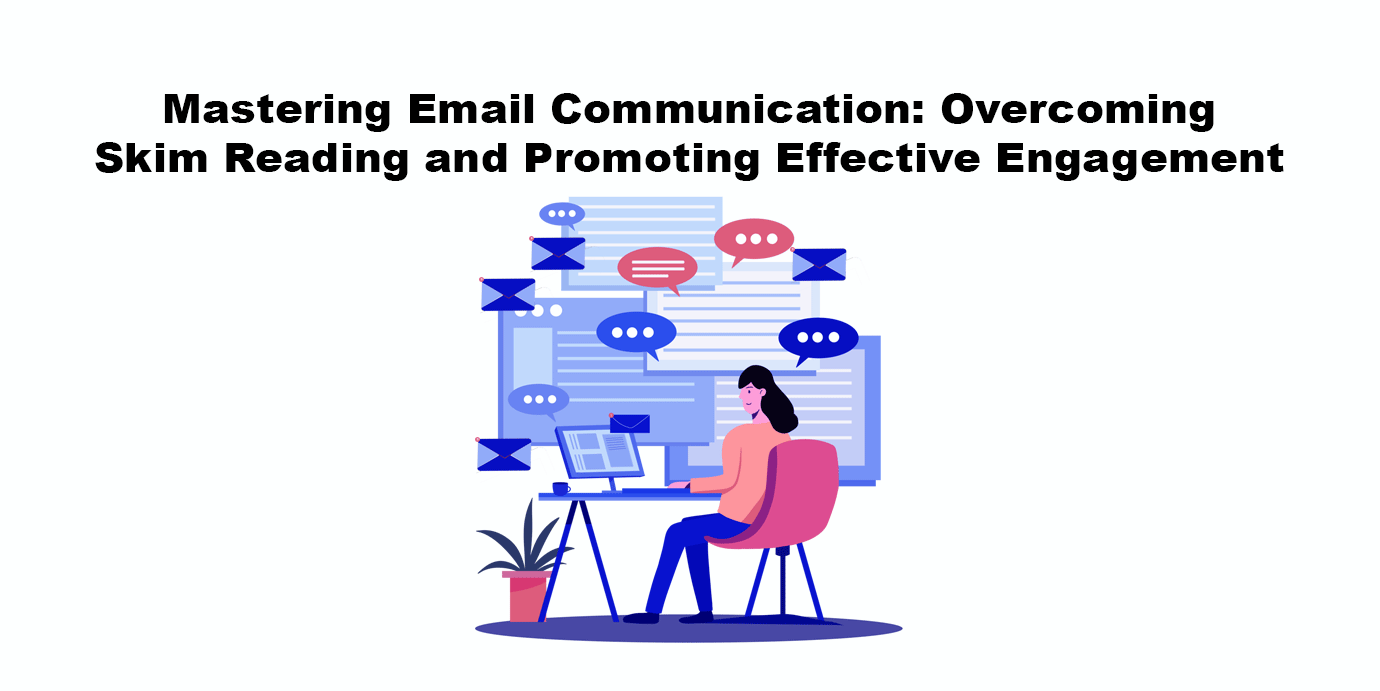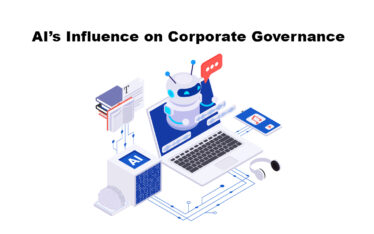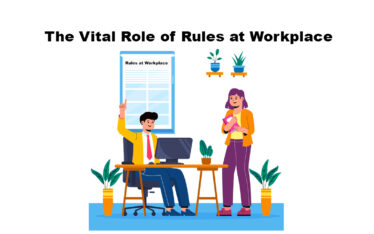Email Skim Reading occurs when individuals quickly scan or skim through their emails without thoroughly reading the content, leading to missed information and subsequent questions that could have been answered within the email itself. Whilst email skim reading may have become a deeply ingrained habit for many individuals due to the fast-paced nature of modern communication, there are a few reasons why this happens:
- Information overload: People receive a large volume of emails on a daily basis, making it difficult to read each one carefully. As a result, they resort to skimming to manage the sheer quantity of information.
- Lack of time: Many individuals are busy and have limited time to spend on reading emails. They may feel pressured to quickly address urgent matters and prioritize their time accordingly, leading to skim reading.
- Attention span: In an age of digital distractions, people’s attention spans have become shorter. Skimming emails may be a response to the desire for immediate gratification and efficiency.
- Lack of perceived importance: Recipients may not feel a sense of urgency or importance when skimming through emails, leading them to overlook critical details.
- Lengthy emails: Lengthy emails can impose a significant cognitive load on readers. When faced with a long block of text, it becomes more challenging to absorb and retain the information leading to fatigue and decreased comprehension.
- Lack of accountability or consequences: When individuals know they can ask questions later, they may not feel compelled to read emails thoroughly in the first place.
- Communication preferences: Some people simply prefer quick and efficient communication methods over reading emails.
To overcome this issue and encourage recipients to read emails more thoroughly, you can consider the following strategies:
- Clear and concise subject lines: Use descriptive subject lines that highlight the key purpose or topic of the email. This helps the recipient understand the importance of the email and encourages them to read it more carefully.
- Use formatting effectively: Structure your email with clear headings, bullet points, and paragraphs to make it easier to scan and understand the main points. Highlight important information or action items to draw attention.
- Summarize key points upfront: Begin your email with a brief summary or overview of the main points or actions required. This can help the recipient quickly grasp the essential details even if they skim the rest of the email.
- Break down complex information: If you need to convey a lot of information, break it down into smaller sections or provide links to additional resources. This can make it easier for recipients to digest and retain the details.
- Use visual elements: Incorporate visuals such as charts, graphs, or diagrams when appropriate. Visuals can enhance understanding and help readers absorb information more effectively.
- Prioritize and personalize: Clearly communicate the importance and urgency of specific emails to capture recipients’ attention. Use personalized subject lines, address individuals directly, and emphasize any immediate action required.
- Follow up or clarify: If you notice that recipients frequently miss important details, consider sending follow-up emails or reminders to emphasize key points. You can also provide a clear channel for recipients to ask questions or seek clarification.
- Consider alternative communication channels: In situations where critical information needs to be conveyed, consider utilizing other communication channels alongside email. For example, you can schedule brief meetings, use instant messaging tools, or create short video summaries to ensure important messages are effectively delivered and understood.
By implementing these strategies, you can increase the likelihood that recipients will read emails more thoroughly and reduce the number of unnecessary questions arising from missed information.
Remember that changing established behaviours can take time and persistence. Continually evaluate the effectiveness of your communication methods and adjust your approach based on feedback and observed results.





